The Journey lettercol continues to be active. Last month, we received a piece so interesting that we felt it deserved an article slot on its own. So let us present Mr. Geoff Kemp with his delightful survey of virtual conflicts in the UK…

Geoff Kemp
Two Roads Diverged…
Although primarily built on the foundations of two similar companies on either side of the Atlantic Ocean, board gaming has taken divergent paths over the course of the last 130 years. In America, Parker Brothers were formed in 1883 by George S. Parker. His gaming philosophy was to move away from the then current board games published to promote moral and social values, such as The Mansion of Happiness or which emphasized how hard work and manners would make you happy/wealthy, like Office Boy, to games that are fun to play. In contrast, in the United kingdom, John Waddington of Leeds founded a company which originally produced packs of cards and other paper products before moving over to initially card games and then board games primarily produced, like Parkers, for families to enjoy.

There was a great deal of crossover and communication between the two companies, with Parker Brothers producing ‘Monopoly’ in the USA before licensing Waddingtons to produce an English version: a London board rather than the original Atlantic City board used in the states. Later Cluedo was invented by Anthony E. Pratt of Birmingham, England and manufactured by Waddingtons before American rights were sold to Parker Brothers for production there. These were the two main players in producing board games for many years on both sides of the Atlantic, often licensing their games to each other. Thus gaming was seen as primarily seen as a family pastime and this continued with the arrival of companies such as Ariel Productions and H.P. Gibsons.
Things started to change for us in 1962, with the arrival firstly of 3M games (also known as Minnesota Mining and Manufacturing Company) closely followed by The Avalon Hill Games Company (known as TAHGC) in the USA. They produced games which started to move away from ‘family’ games and towards board games geared for traditional wargaming as played on tabletops, featuring wooden/metal and occasional plastic models, as well as more financial based games or strategic games. From 3M came Twixt ('63), Stocks And Bonds ('64) and Acquire ('65) whilst Avalon Hill produced Stalingrad ('62), Afrika Korps ('64), Midway ('64), and Battle of the Bulge ('65). Combined with games such as Diplomacy (Games Research – 1954) and Risk, which was published by both Waddingtons and Parker brothers, there has been a suite of games diverging from the family games genre. Possibly the biggest recent innovation, however, was Avalon Hill’s. They began producing a magazine devoted to their games, in the form of ‘The General’ which saw the first edition dated 1st May 1964 with articles on game tactics, history and industry (almost exclusively AH related).

This is where gamers on this side of the pond have turned a shade of green in envy as even the magazine (much less the games it describes) can take weeks to get to us here, although at least we now have more of an idea of what is happening in the States. Besides home grown products such as the games from Waddingtons, Gibsons, Ariel, and a few others, it is not easy to get hold of a lot of American games; even the exceptions such as Acquire or Diplomacy are only found in some of the bigger department stores, unfortunately.
Another area where boardgames have diverged is in the area of sports related games, although this is more likely down to the popularity of different sports in each country. Again you have various Avalon Hill games such as Football Strategy ('60), Baseball Strategy ('62), and Le Mans ('61) whilst in the UK we have Subbuteo Football ('47), Subbuteo Cricket ('49), Wembley ('52), Stirling Moss Rally ('65) and Formula One ('65). Baseball being primarily an American sport and Cricket a British sport explains why each has gotten a game in their respective countries.
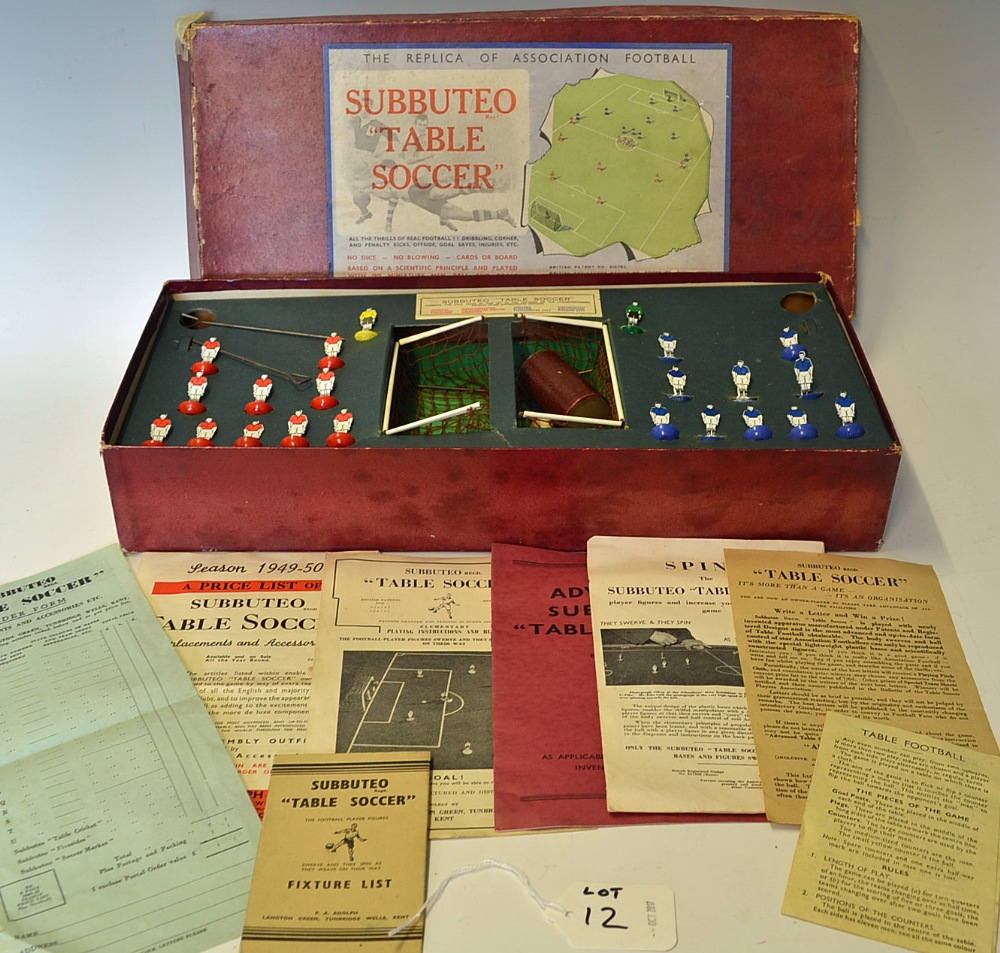
Possibly the biggest confusion is over ‘Football’ simulations as the game has different names on each side on the Atlantic. I believe in America, the Football Strategy game by Avalon Hill relates to what is known in the UK as ‘American Football’, whilst Subbuteo Football and Wembley are games reproducing Association Football which I understand to be known as ‘Soccer’ in the USA. Is this correct?

But racing is universal in appeal. Formula One is an excellent British game, easily the best British attempt to date to reproduce the excitement of Motor Racing. Unfortunately, although I have heard good reports of Le Mans, I have yet to see a copy so cannot really comment there. Stirling Moss Rally is based on Rallying (stage as opposed to circuit racing), which has been popular in Europe since 1895 and has many famous Races. The most well known is probably the Monte Carlo Rally which was first raced in 1911.

I have said that it is not easy for us here to be able to get hold of American Games, but is it the same for you in getting hold of some British games. I realise that in some cases certain games are available in both countries, such as Monopoly (published by both Waddingtons & Parkers) or Cluedo (Waddingtons), also I believe known as Clue (Parkers), but am unsure how many other games that applies to.
So what are you playing at the moment? Here I am enjoying a mixture of British and (when I can get them) American games. Current Favourites are in no particular order, Acquire (3M), Midway (Avalon Hill), Dog Fight and Square Mile (Milton Bradley), Astron, Risk, Railroader, Formula One and Mine A Million (Waddingtons), Wildlife (Spears), Wembley (Ariel) and Subbuteo Football.
They say that war arises between two parties over scarcity of resources. It is clear, however, that there need be no resumption of hostilities between Britain and the United States in the near future thanks to the abundance of games produced and shared by our two nations.
Now, if only my copy of The General would arrive in the post!
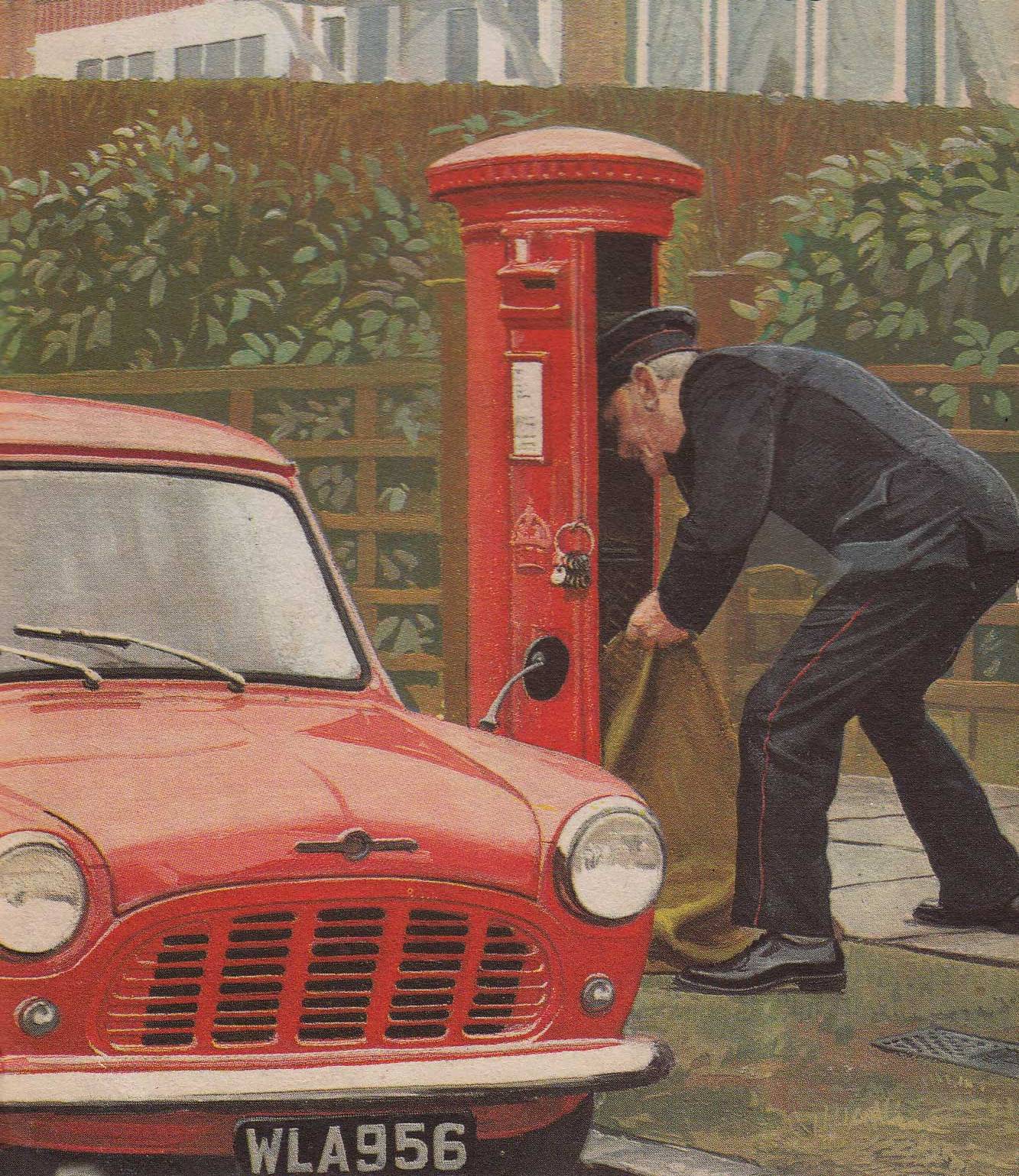




![[February 4 1966] What A Waste. What A Terrible Waste. (<i>Doctor Who</i>: The Daleks' Master Plan [Part 3])](https://galacticjourney.org/wp-content/uploads/2021/02/660204fleeing-672x372.jpg)
![[January 10, 1966] Kingdom Come (<i>Doctor Who</i>: The Daleks’ Master Plan [Part 2])](https://galacticjourney.org/wp-content/uploads/2021/01/660110hmmmm-672x372.jpg)
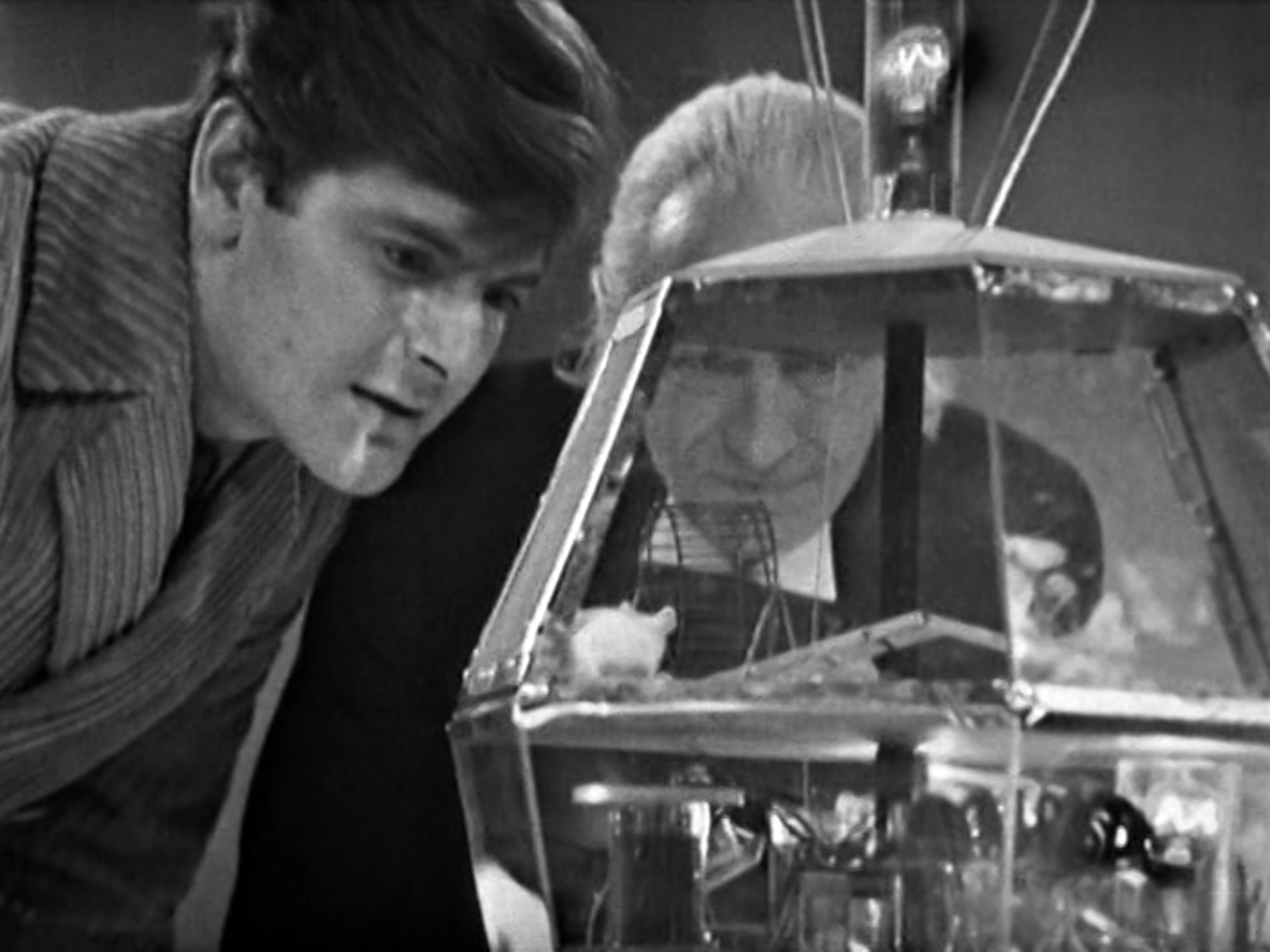
![[December 6, 1965] Are You Sitting Comfortably? Then I'll Begin (<i>Doctor Who</i>: The Daleks’ Master Plan [Part 1])](https://galacticjourney.org/wp-content/uploads/2020/12/651206dalek-672x372.jpg)
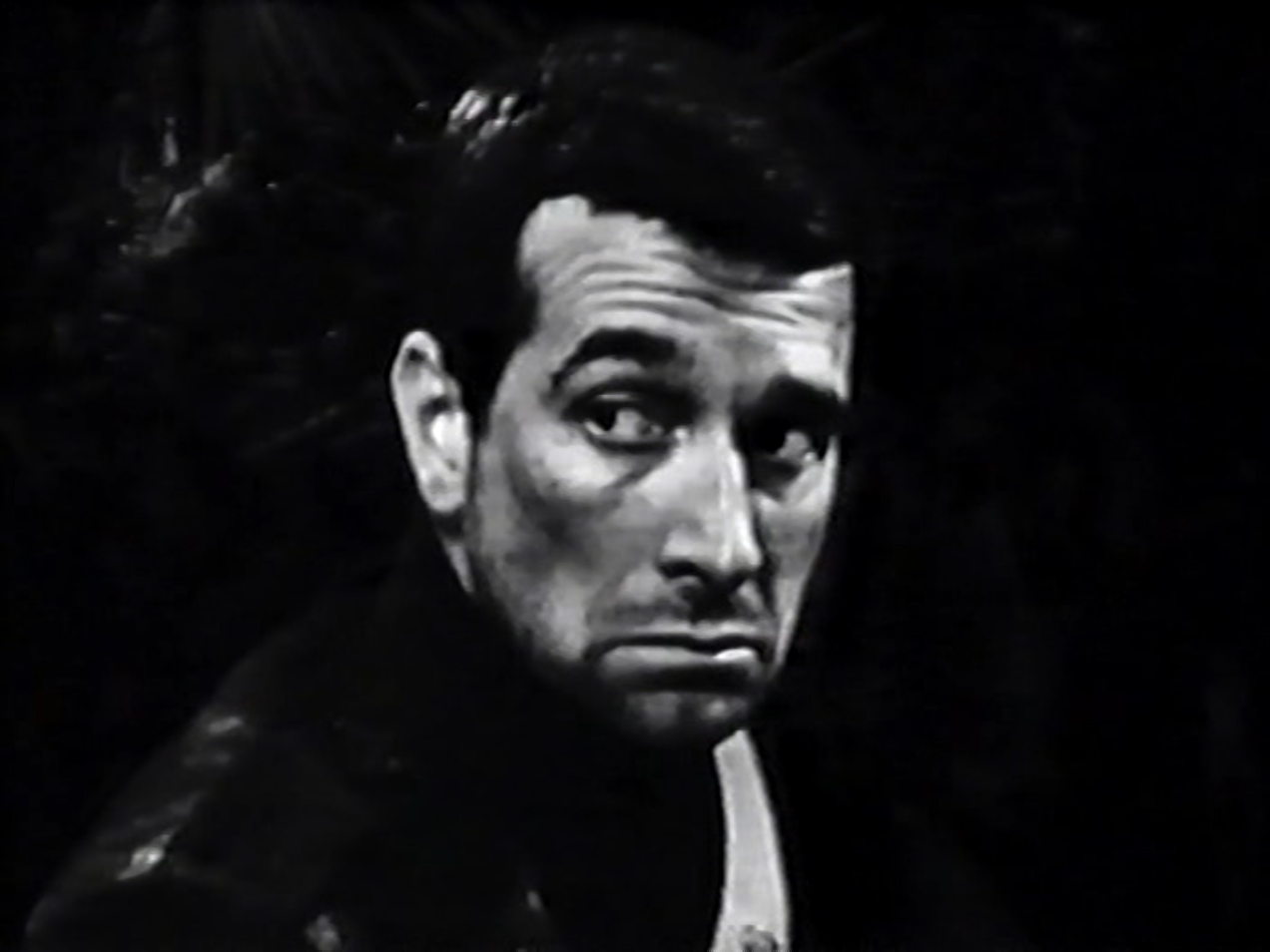
![[November 8, 1965] You Must Be Mythtaken (<i>Doctor Who</i>: The Myth Makers)](https://galacticjourney.org/wp-content/uploads/2020/11/651108horseofdestruction-672x372.jpg)
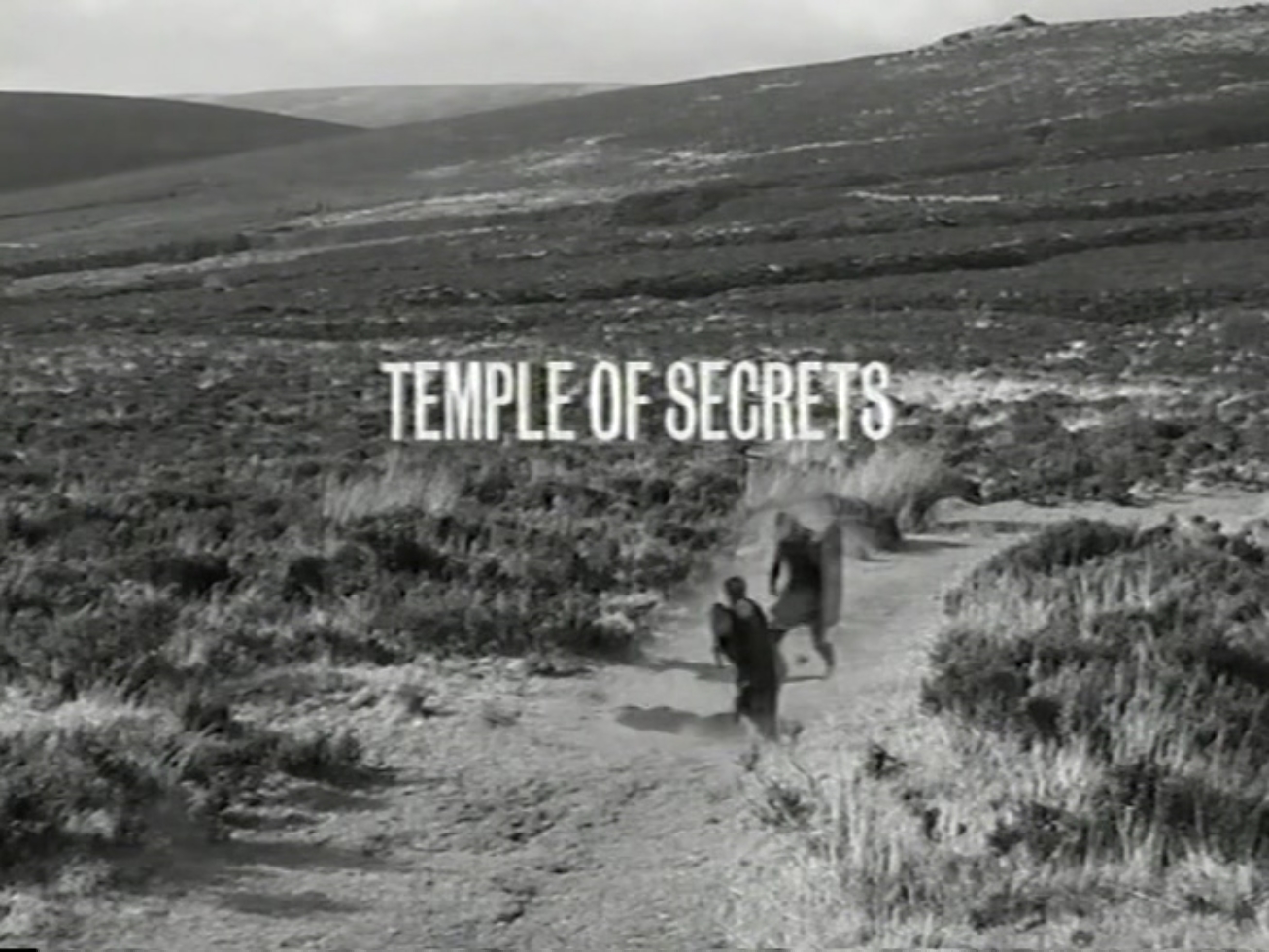
![[October 12, 1965] Gaming Across the Pond (Wargaming in Britain)](https://galacticjourney.org/wp-content/uploads/2020/10/651012cricket-672x372.jpg)








![[October 10, 1965] Doctor Where? (<i>Doctor Who</i>: Mission To The Unknown)](https://galacticjourney.org/wp-content/uploads/2020/10/651010recording-672x372.jpg)
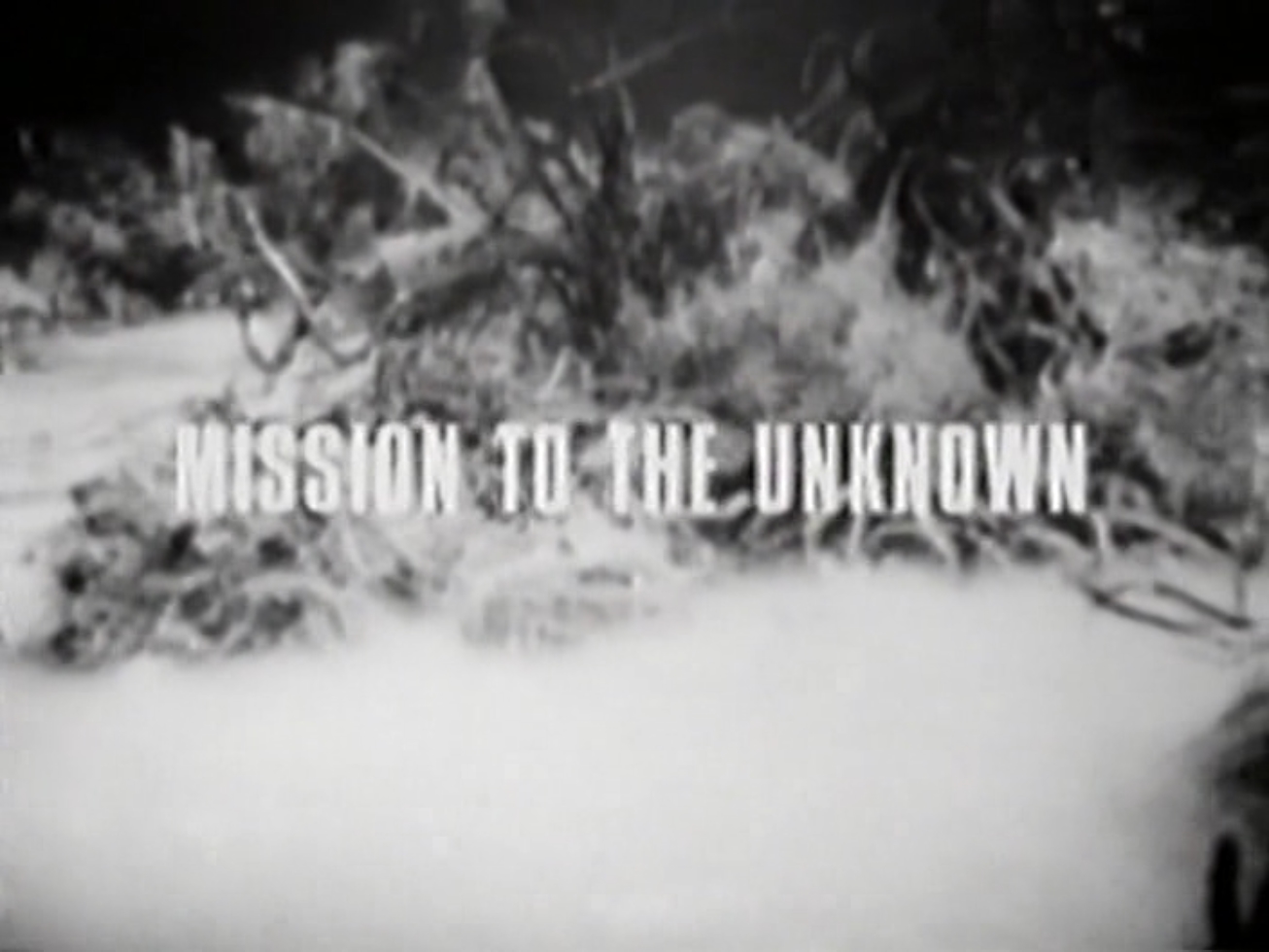
![[October 4, 1965] Galaxy Bore (<i>Doctor Who</i>: Galaxy 4)](https://galacticjourney.org/wp-content/uploads/2020/10/651004chumbleyonpatrol-672x372.jpg)
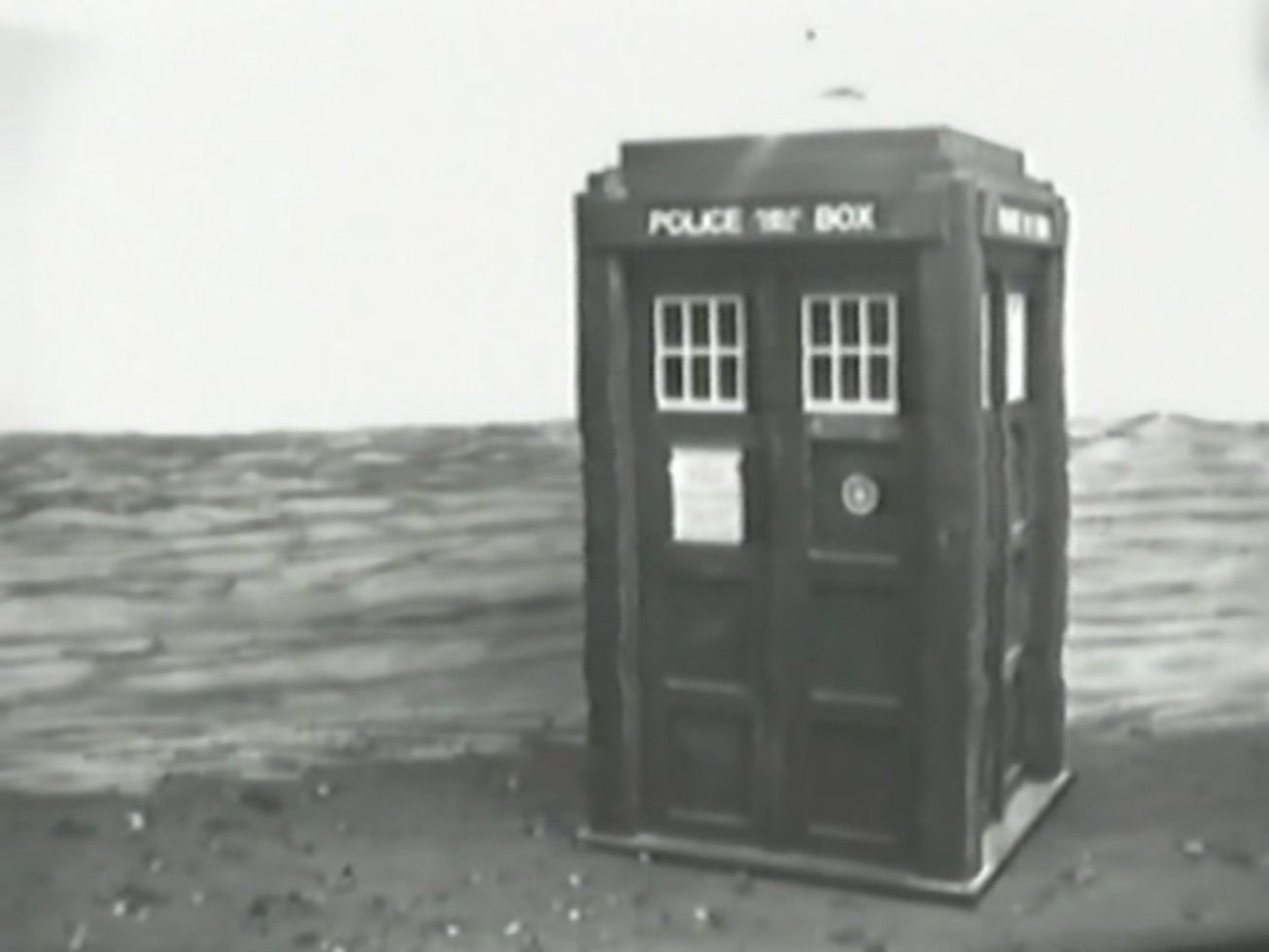
![[July 26, 1965] Too much Monk-y Business (<i>Doctor Who</i>: The Time Meddler)](https://galacticjourney.org/wp-content/uploads/2020/07/650726monkery-672x372.jpg)

![[July 6, 1965] Same Difference (<i>Dr. Who And The Daleks</i>)](https://galacticjourney.org/wp-content/uploads/2020/07/650706daleks-672x372.jpg)

![[June 28, 1965] An Hour Of My Life I Will Never Get Back (<i>Doctor Who</i>: The Chase [parts 4-6])](https://galacticjourney.org/wp-content/uploads/2020/06/280665homeagain-672x372.jpg)
